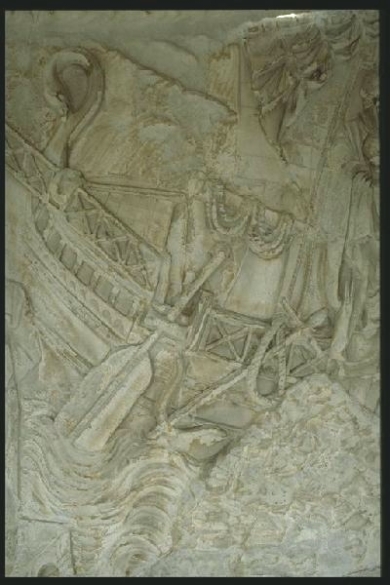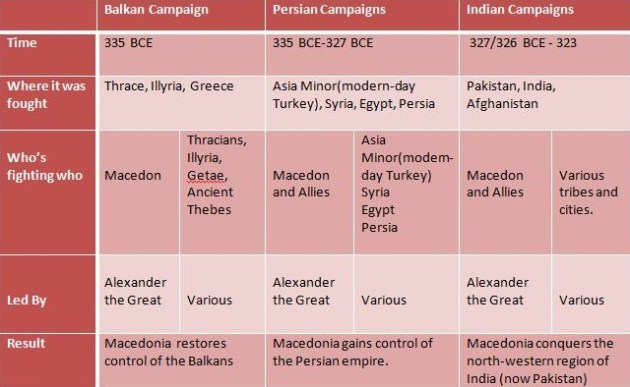The movie, Blood Diamond, is about the controversy that surrounds what known as the conflict, or blood diamonds. The movie begins with a scene where Solomon is waking his son up to go to school. As he wakes him up he says, “Maybe someday you will be a doctor and be able to get out of this place.”
The year is 1999 and there is a civil war going on in the country of Africa. The Rebels are making slaves of the villagers. Mining diamonds, and using the money to fund the conflict. Solomon’s village, including his family is attacked by rebels who are looking to make the men into slaves and the children into soldiers. Solomon’s son is taken, but he does not know it at the time.
There is a scene where Danny who is a smuggler meets with Colonel Zero concerning payment for some guns. Zero tries to short him on the payment pay Danny insists that he pay the full price. While trying to smuggle the diamonds out of the country, which are sewn into goats. Danny is arrested for smuggling.
The government comes into the mining operation and arrests all of the rebels as well as the slaves who were mining for them. Just before the soldiers come to arrest everyone, Solomon finds a large diamond and is able to hide it. When Solomon and the guy who was in charge of the minors are in jail, the guy starts calling out to Solomon, asking where is the stone that he found. This gets the attention of Danny who is also in jail. When Danny gets out of jail he arranges to have Solomon bailed out.
This movie is about the adventures and conflicts that arise while Solomon and Danny are trying to get to the diamond.
Another key player is the woman reporter that Danny meets in the bar, where he goes to have the bartender score a gun for him. The reporter wants to expose the true story about what is happening in Africa, and how the Van Decamp Corporation is secretly funding it because they are buying the diamonds.
Eventually, Danny and Solo come to an agreement about the diamond and set off to find it. There are many people who die in this movie as a result of the conflict that is going on in the country of Africa. The woman reporter helps Danny in exchange for the details about the Van DeCamp Corporation’s secret support of the diamond trade in Africa. She distracts a soldier so that Danny can raid the supply tent for the supplies that he and Solomon will need on the trip to get the diamond. They both see the diamond as a way for them to escape the conflict that is going on in their country.
On the way to the spot where Solomon has buried the stone, they are almost killed several times including the time when Solomon tries to rescue his son from the rebels. He is captured and they try to make him find the diamond. But, the colonel who is Danny’s associate intervenes and they get away. Danny has been shot, so he sends Solomon and his son on to the place where a plane was to pick them up and take them to safety. He gives them the woman reporter’s information and when they leave he calls her himself, to be sure she will help Solomon when he gets in touch with her. Solomon is reunited with his family and money in exchange for the stone. The woman gets her story and Van DeCamp Diamond is exposed for what they are doing(Zwick.2006).
In April of 2003, The Kimberly Act was signed. It prohibits the sale of diamonds that have not been certified by the Kimberly Process. The movie gives a very good depiction of the difficulties that many innocent Africans are going through because of the rebels who are enslaving people to mine the diamonds so they can fund the rebellion against the government.
References
Zwick, E. (Director). (2006). Blood Diamond [Motion Picture].












